Have you ever fallen in love with a tiny, adorable pup—only to discover they turn into a furry tornado whenever another pet walks by? It’s a shocking surprise for many pet lovers. Those little dogs with big eyes and wagging tails can sometimes have even bigger opinions about sharing their space. If you’re thinking about getting a small dog and already have a household zoo, you might want to read carefully. Some pint-sized breeds are known for their stubborn hearts and strong desire to be the only four-legged star in your home. Let’s dive into ten small dog breeds that often struggle with peace talks when it comes to other pets.
Chihuahua
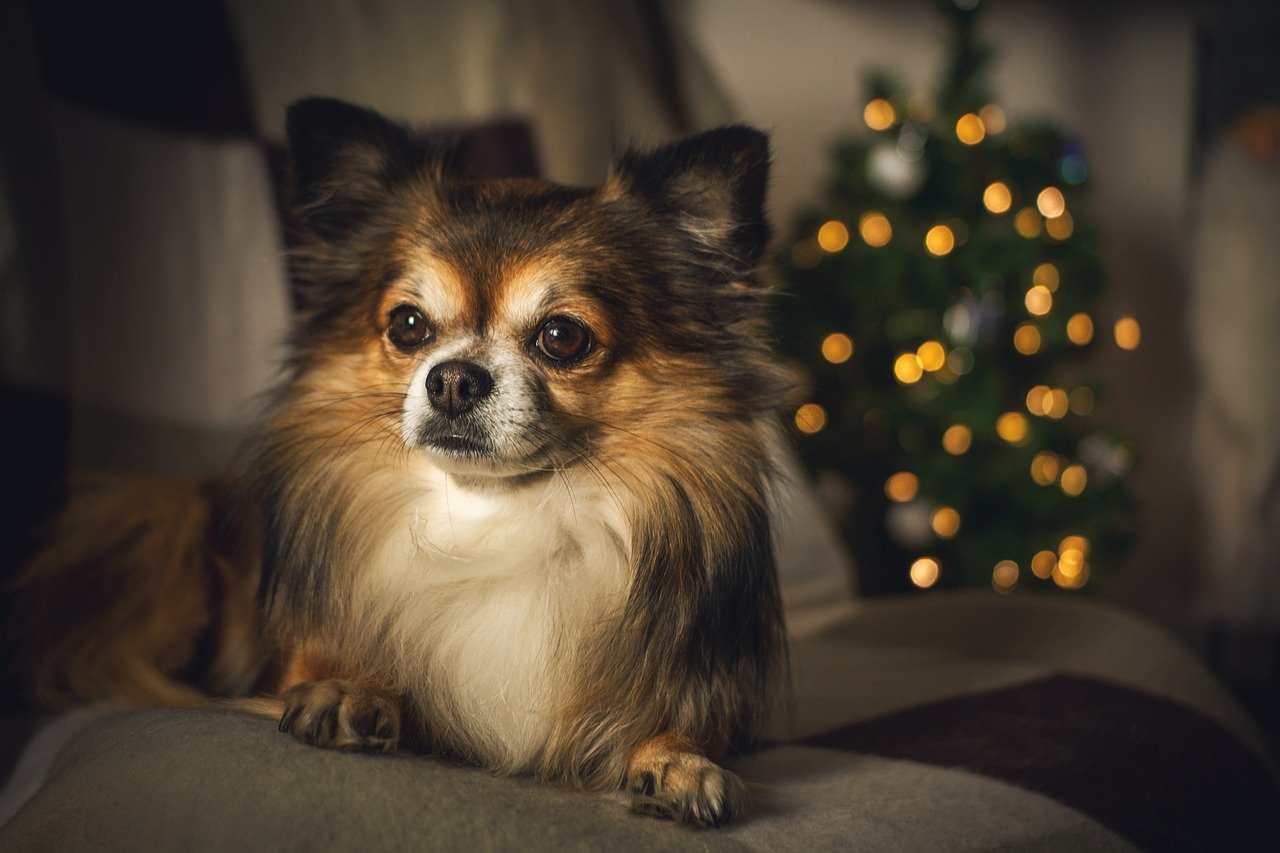
Chihuahuas might be the smallest dog breed in the world, but don’t let their size fool you—they often have personalities that fill an entire room. These little dynamos are fiercely loyal to their favorite human and can be surprisingly territorial. If a new pet appears, a Chihuahua might see it as a threat to their throne, resulting in barking, snapping, or even a bit of jealous drama. Their big-dog attitude packed into a tiny body can make introductions to other pets challenging.
It’s not uncommon for Chihuahuas to form deep attachments to their owners and become suspicious of newcomers, whether they’re furry, feathered, or scaled. Their natural wariness can turn into defensiveness, especially if they feel outnumbered. While some Chihuahuas can learn to tolerate other pets with careful socialization, many prefer to rule the roost alone. Their bold spirit is both their charm and their challenge.
Dachshund
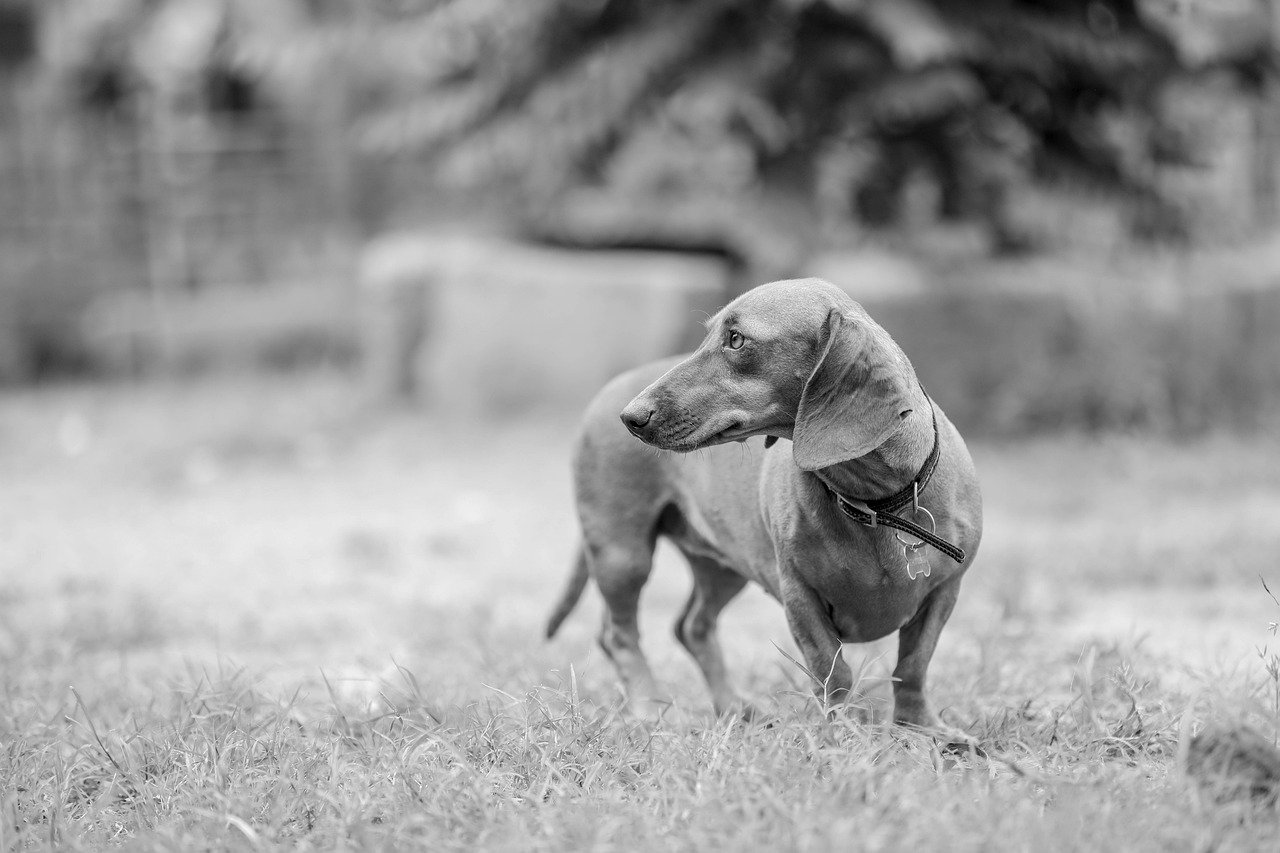
Dachshunds, affectionately known as “wiener dogs,” have a strong prey drive thanks to their hunting heritage. Originally bred to chase badgers and other small animals, it’s no wonder they might see household pets like rabbits, birds, or even cats as targets rather than friends. Their stubbornness can make it difficult to train them to accept other pets, and they may bark, chase, or nip if they feel their territory is being invaded.
What’s more, Dachshunds often bond tightly with their humans and can get jealous if attention shifts to another animal. They may become possessive, guarding toys or favorite spots on the couch. This breed’s independent streak means they like to do things their own way, and negotiating peace with a new pet might not be high on their priority list. Patience and early socialization are essential, but many Dachshunds simply prefer to be the center of attention.
Pekingese
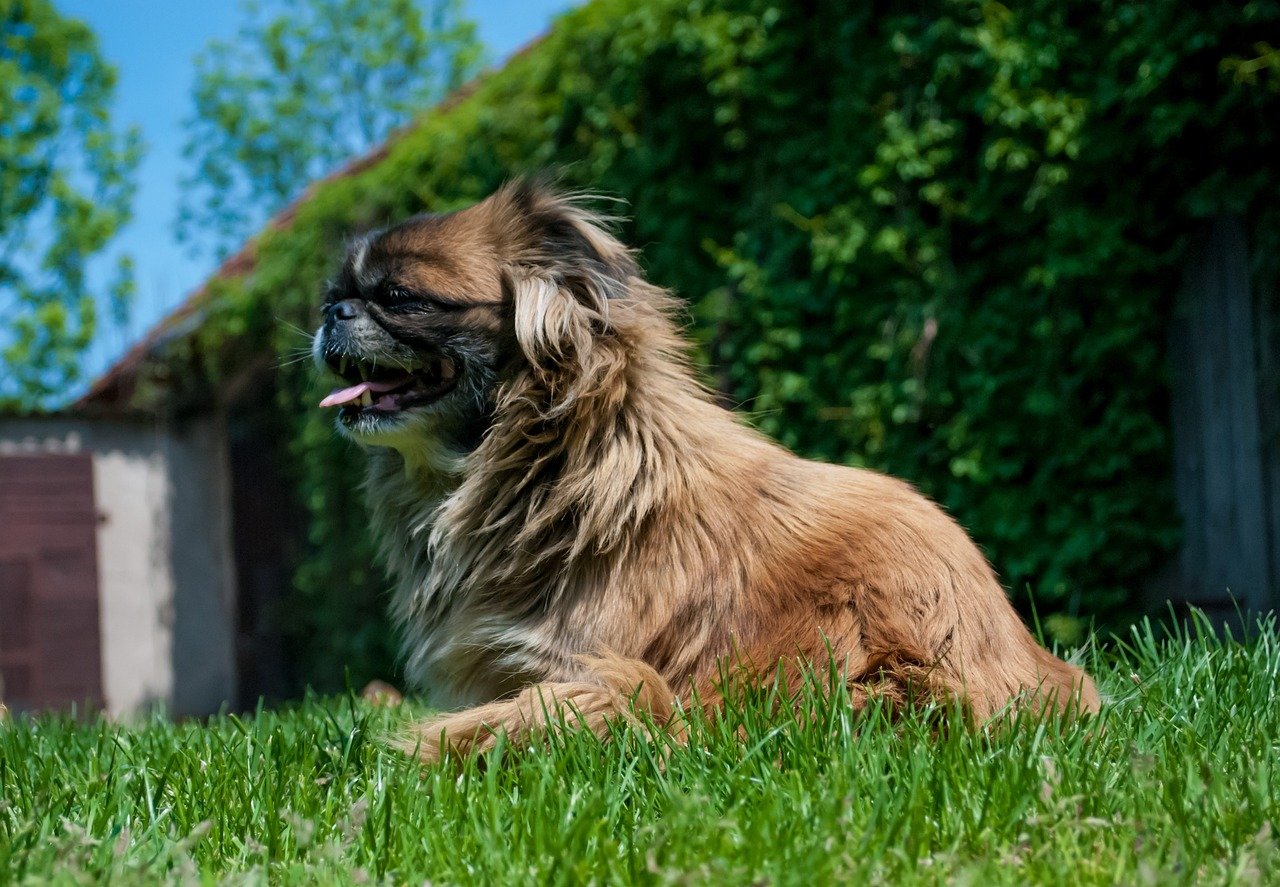
The Pekingese, with their regal coats and lion-like appearance, were once prized companions of Chinese royalty. Maybe it’s this royal heritage that gives them a strong sense of self-worth and a reluctance to share their kingdom. Pekingese dogs can be aloof or even cold toward other pets, often preferring to keep their distance. They don’t always appreciate rough play or sudden movements from other animals, which can lead to tension in multi-pet homes.
Pekingese are known for being independent and sometimes a bit stubborn, making it hard to coax them into accepting new furry family members. Their tendency to be territorial means they might guard food, toys, or even their favorite person. If another pet crosses these boundaries, expect a sharp bark or a warning growl. While some Pekingese can be taught to tolerate other animals, many simply prefer a quiet, royal life as the sole pet.
Jack Russell Terrier

Jack Russell Terriers are like little rockets with endless energy and curiosity. Bred for hunting foxes, they have a strong instinct to chase and dominate small creatures. This fiery spirit can make them a handful when it comes to living with other pets. They may not hesitate to chase cats, birds, or rodents around the house, seeing them as prey rather than playmates.
Their intelligence and stubbornness mean they need lots of mental and physical stimulation. If they feel their needs aren’t being met, or if another pet is getting attention they crave, Jack Russells can become jealous or destructive. They thrive best as the only pet or with other dogs of similar size and temperament, but introducing them to cats or smaller animals can be risky. With their bold personalities, they often want to be the star of the show.
Miniature Pinscher

Known as the “King of Toys,” the Miniature Pinscher has a big personality packed into a sleek, compact frame. These dogs are alert, fearless, and sometimes downright bossy. Their confidence makes them wonderful companions, but it can also lead to clashes with other pets. Miniature Pinschers tend to be territorial and may not back down if challenged by another animal, no matter the size.
They often don’t tolerate sharing their space, food, or toys, and may become aggressive or anxious around other pets. Their strong prey drive means small animals like hamsters, rabbits, or birds are especially at risk. While some Min Pins can learn to live with other dogs if introduced properly, many prefer to be the one and only. Their assertive nature demands respect, and they’re not afraid to enforce it.
Shih Tzu
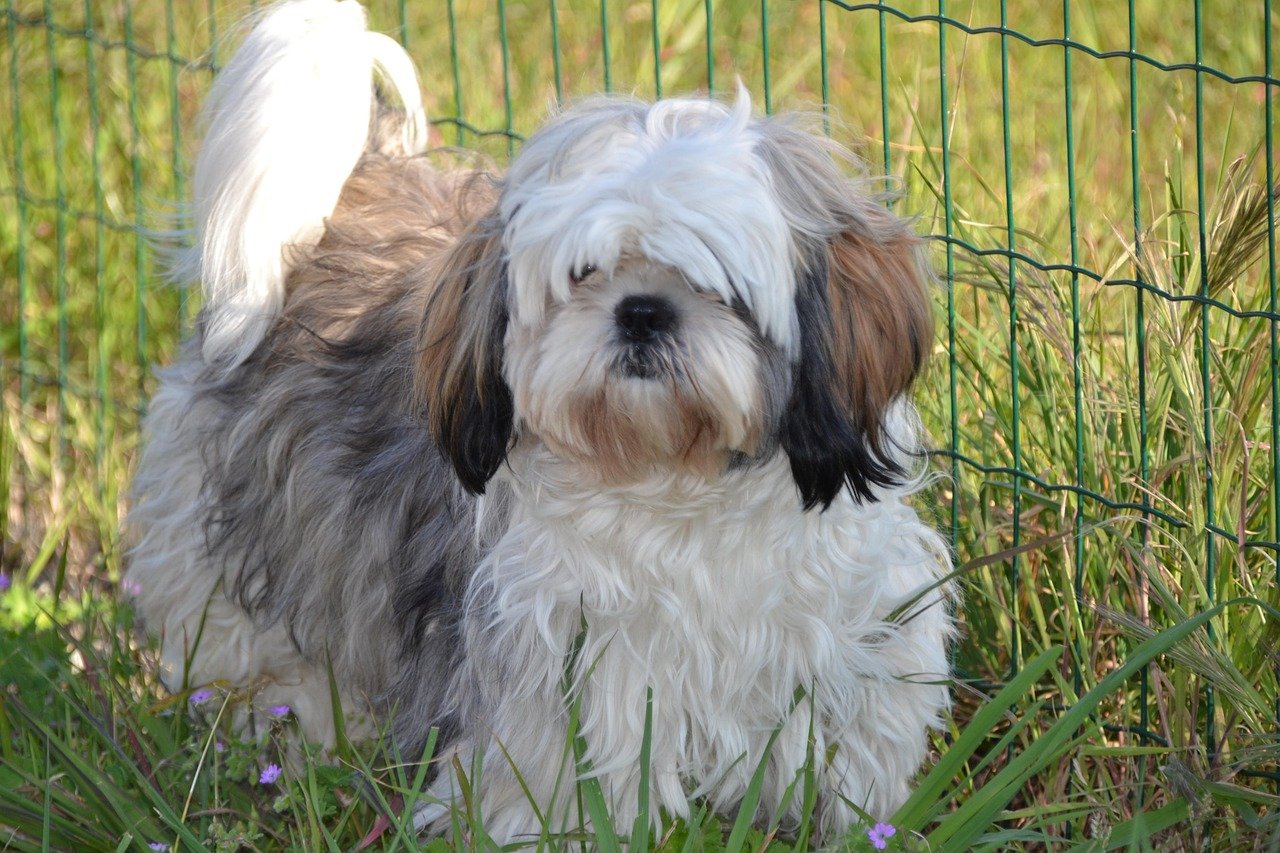
Shih Tzus are famous for their flowing coats and sweet expressions, but beneath that adorable exterior lies a dog that can be surprisingly stubborn. While they’re affectionate with people, Shih Tzus often have little patience for other pets, especially if they feel their place in the family hierarchy is threatened. They may become possessive of their owners and show jealousy if another pet receives attention.
Their independent streak means they don’t always play well with others, and they can be quick to bark or snap if they feel crowded. Shih Tzus value routine and familiarity, so the arrival of a new animal can upset their balance. With careful socialization, some may learn to coexist with other pets, but many would prefer to keep all cuddles and lap time to themselves.
Scottish Terrier

Scottish Terriers, or “Scotties,” are dignified, confident, and fiercely loyal to their families. However, their strong-willed nature and hunting background make them less tolerant of other pets, particularly small mammals. Scotties often see themselves as protectors of the home and may react defensively if another animal encroaches on their territory.
Their independent personalities mean they’re not always interested in making friends, and they can be quick to assert dominance. Scotties may tolerate another dog if introduced carefully, but they generally prefer to be the only pet in the spotlight. Their tendency to be aloof, combined with their territorial instincts, makes peaceful cohabitation with other animals an uphill battle.
Papillon
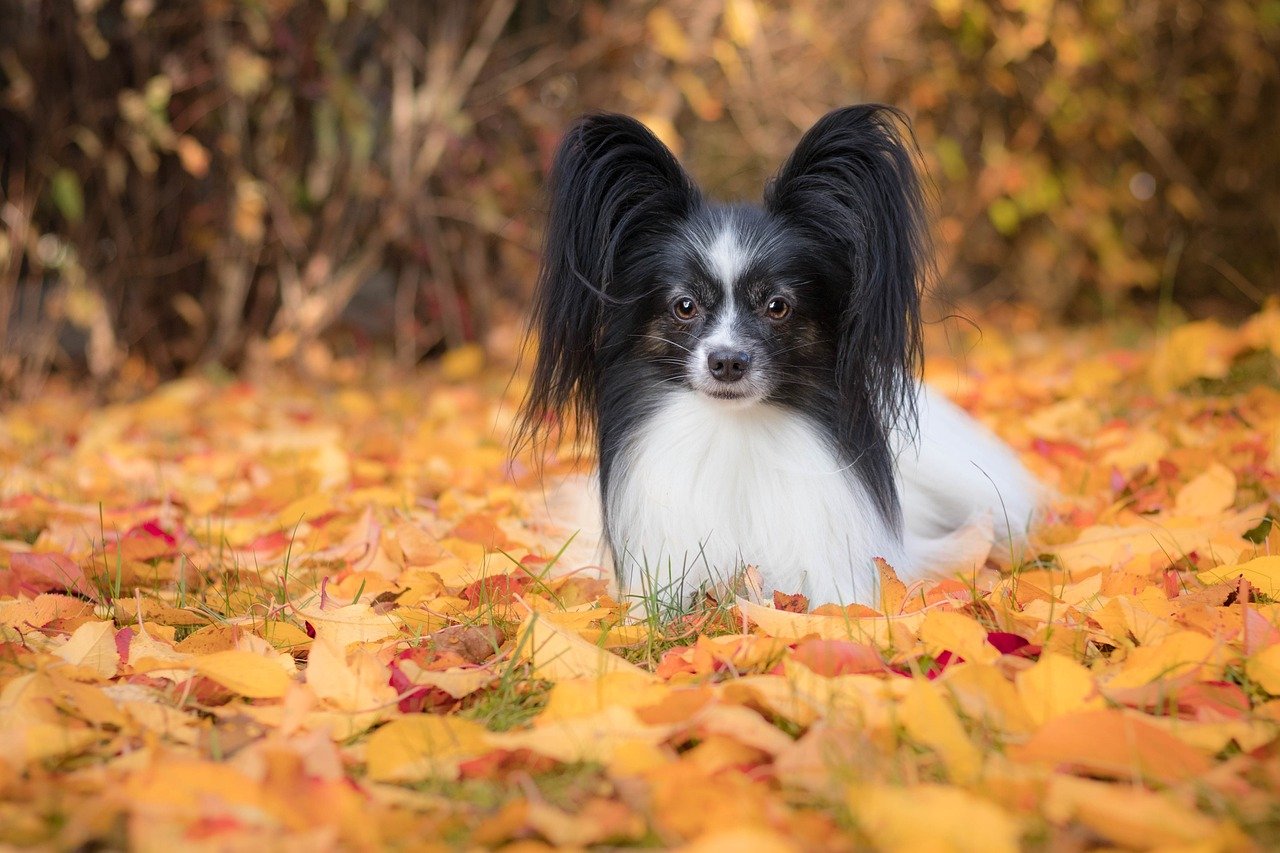
Papillons are known for their butterfly-like ears and lively personalities. While they are typically friendly with humans, Papillons can be wary of sharing their space with other pets. Their alertness makes them quick to notice and react to anything new, including unfamiliar animals. They might bark excessively or become anxious when another pet is introduced.
Papillons are highly intelligent and can become bored easily. If they feel neglected in favor of another animal, they might act out or become withdrawn. Their sensitivity means they pick up on changes in household dynamics, and they often prefer environments where they are the main focus. While they can sometimes get along with other dogs, especially of similar size, they are usually happiest as the solo star.
Italian Greyhound
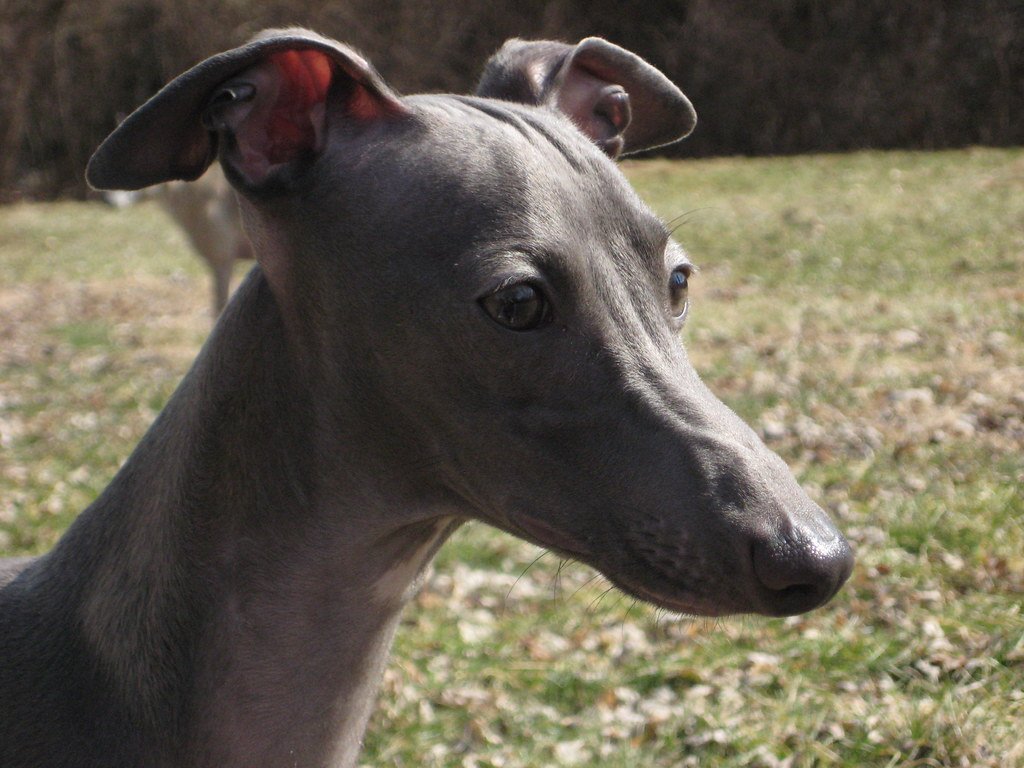
Italian Greyhounds are graceful and elegant, known for their gentle nature with people. However, when it comes to other pets, they can be surprisingly selective. Their sensitive personalities make them easily stressed by rowdy or dominant animals. Italian Greyhounds may shy away from or even snap at other pets who encroach on their personal space.
Their preference for calm and predictability means they often struggle with the chaos that can come from living with multiple animals. Loud noises, sudden movements, or rough play can upset them, making peaceful coexistence a challenge. While they may tolerate another quiet, gentle dog, many Italian Greyhounds enjoy having their humans all to themselves.
Lhasa Apso

Lhasa Apsos were bred as alert watchdogs in Tibetan monasteries, which explains their independent and sometimes aloof nature. These dogs are wary of strangers and can be just as skeptical of new animal companions. Lhasa Apsos often prefer to stick to their routines and may not welcome another pet disrupting their world.
They can be possessive of toys, food, and even their favorite spots in the house. If another animal crosses these boundaries, a Lhasa Apso is likely to let them know with a growl or a snap. While they may tolerate another calm, non-intrusive pet, most Lhasa Apsos would rather keep their home life simple with just their beloved humans for company.
While many small dogs are known for their charm and adaptability, the ten breeds on this list often come with big personalities that don’t always mesh well with other household pets. Their territorial instincts, strong bonds with their humans, or natural prey drives can make multi-pet living a challenge. However, with proper training, early socialization, and mindful introductions, it’s possible to ease tensions and build peaceful coexistence. The key is understanding each breed’s unique temperament and making thoughtful choices that support harmony at home—for every furry family member involved.
Jen is a passionate nature lover and ocean conservationist. She has dedicated her life to protecting the environment and preserving the beauty of the natural world. Growing up in a small coastal town, Jen sincerely appreciated the ocean and its inhabitants. She has spent countless hours exploring the shoreline, learning about the creatures that inhabit the waters, and advocating for their protection. Jen is an active member of ocean conservation organizations, and she is committed to educating the public about the importance of conserving wildlife and the natural environment.






